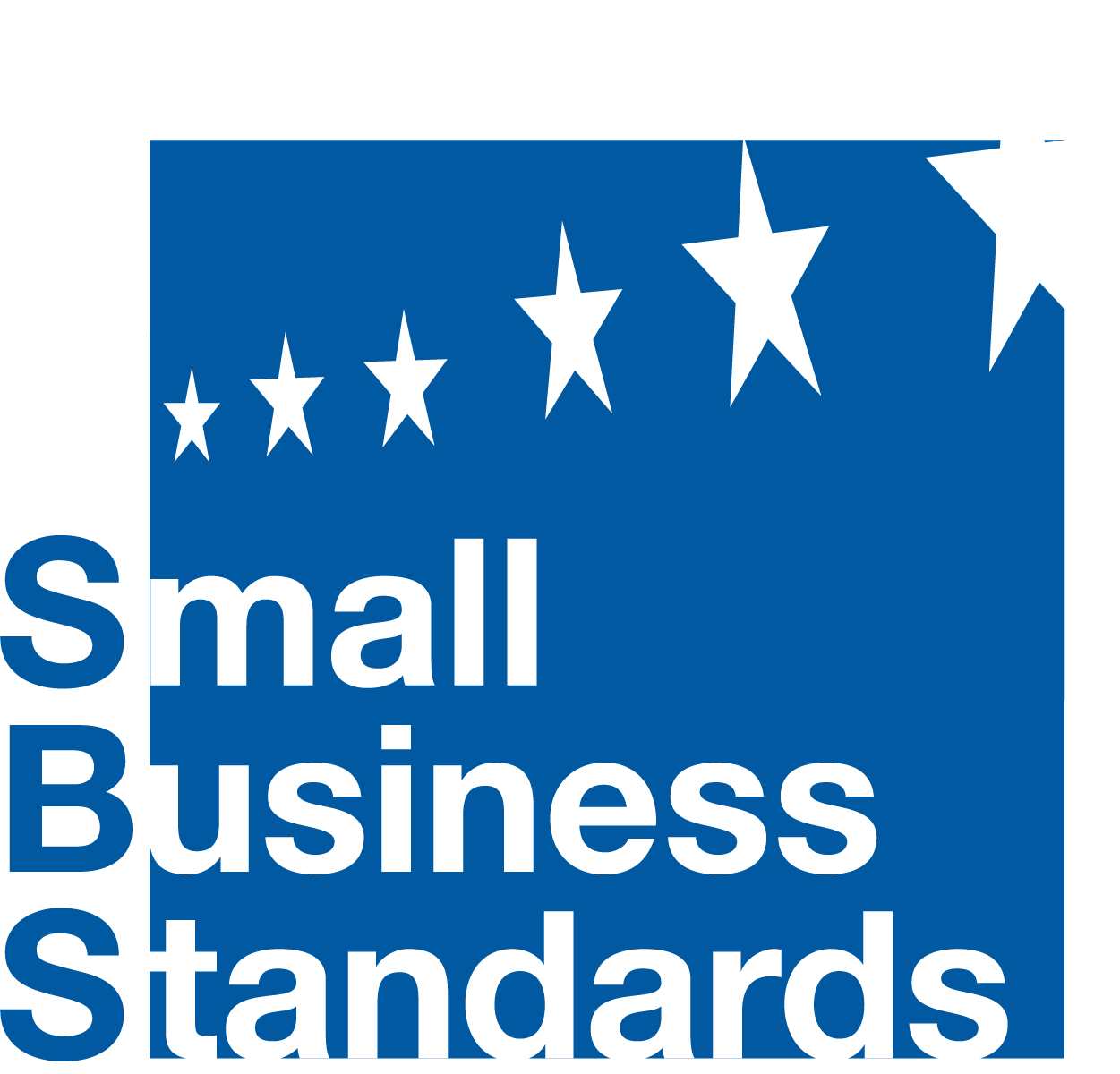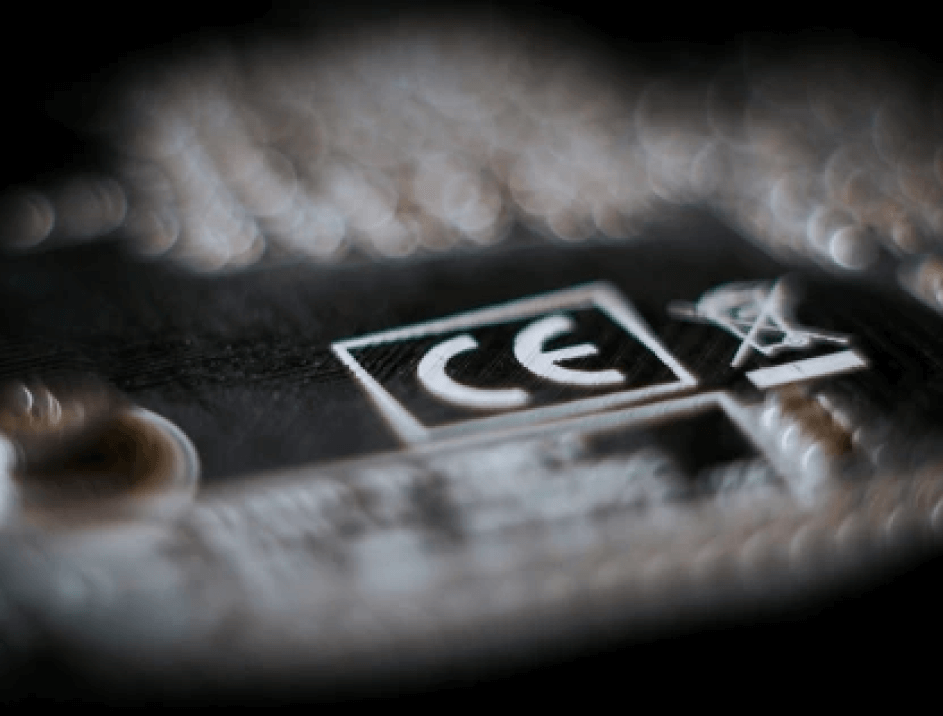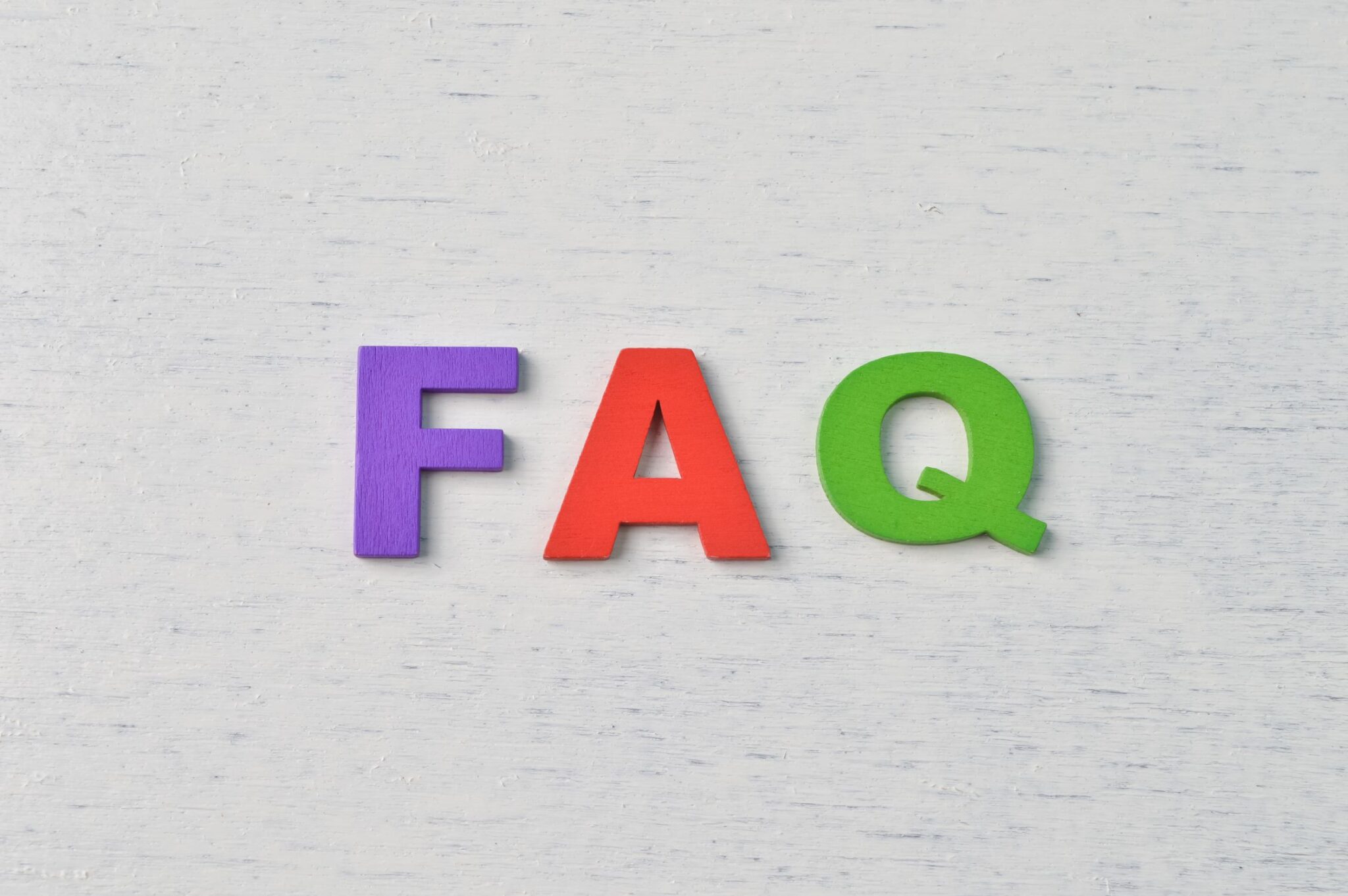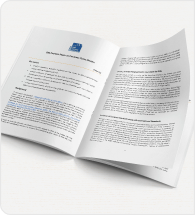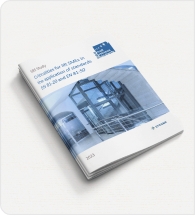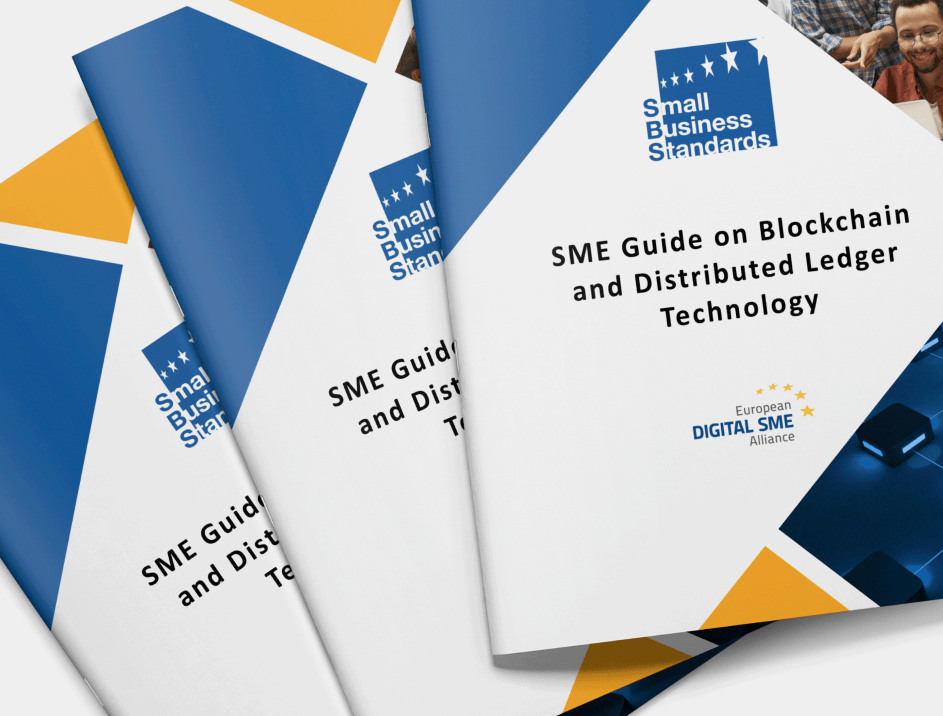Key points
• The market introduction of new personal protective equipment (PPE) has become considerably more difficult in the EU. A new legal interpretation (DG GROW’s letter dated 2 May 2022 related to the Regulation (EU) 2016/425) on how conformity assessments for PPE category III products have to be carried out, places unnecessary burdens on manufacturers because a complete product test and a type-examination have to be finished before the product can be placed on the market.
• This new interpretation deviates from the practice of many years, according to which placing on the market was possible with the application for product testing. SBS urges the EU Commission to review its latest interpretation and reinstate the previous practice.
• European PPE manufacturers could lose this market segment if the current interpretation remains, making it difficult to place products on the market within a reasonable timeframe.
• Market realities show that the real problem lies within market surveillance rather than conformity assessment procedures. Additional resources should be made available by Member States to ensure full, fair and timely inspections.
Background
EU Regulation 2016/425 on personal protective equipment has been applicable since 21.04.2018. It establishes different EU conformity assessment procedures for the three PPE categories (I-III). According to the PPE Regulation, the conformity assessment procedures for each category of PPE should, as far as possible, be based on the conformity assessment modules set out in Decision No 768/2008/EC on a common framework for the marketing of products.
Due to a high number of non-compliant FFP2 masks during the pandemic, the EU Commission has reassessed previous practice. The core issue is whether PPE of category III can already be placed on the market if a successful type-examination has been carried out and the manufacturer has concluded a surveillance contract with the notified body, or whether the first product control must also be carried out before placing on the market.
Until now, the EU Commission, market surveillance authorities and notified bodies agreed that the application for product surveillance was sufficient to be able to place the products on the market. The first product test then followed within one year after issuing the type-examination certificate.
A new interpretation from the EU Commission concluded that according to the provisions of the PPE Regulation and Decision No. 768/2008/EC, it was necessary to submit an application and to be in possession of the test report submitted by the notified body before placing the product on the market. This could only happen after the first product test had been carried out.
This new interpretation deviates from the practice of many years, according to which placing on the market was possible with the application for product testing. SBS would like to raise strong concerns on this new legal assessment.
Evaluation of the EU Commission’s position The legal view of the EU Commission cannot be derived from the wording of the PPE Regulation. A reference to Decision No. 768/2008/EC is neither necessary nor permissible because of the clear wording of the PPE Regulation itself.
1. The PPE Regulation clearly stipulates when a category III PPE product may be placed on the market.
a. Annex VII 3.: ”Before placing PPE on the market, the manufacturer shall lodge an application for supervised product checks at random intervals with a single notified body
of his choice.”
b. Annex VII 4.2: ”The product checks shall be carried out at least once a year, at random intervals determined by the notified body. The first product checks shall be carried out
no more than one year after the date of issue of the EU type-examination certificate.”
c. If the legislator had wanted category III PPE to be placed on the market only after a complete product test had been carried out in addition to a type-examination, he would
have written it that way. There is not a single indication in Annex VII of the Regulation that the legislator could have meant this.
2. The use of Decision No. 768/2008/EEC is not appropriate in this context. The decision serves as a model template for drafting legislation. The decision itself is irrelevant for the placing on the market of PPE. Art. 2 of Decision No. 768/2008/EEC correctly states that the legislator may depart in whole or part when drafting the relevant laws. The decision is an option with a target character but not a mandatory one. Furthermore recital 30 from Regulation (EU) 2016/425 establishes that: “The conformity assessment procedures for each category of PPE should be set, as far as possible, on the basis of the conformity assessment modules laid down in Decision No 768/2008/EC”. Clearly the “as far as possible” was used by the legislator to meet the needs of PPE manufacturers in the market and not to jeopardize this segment of the European market.
Undue burdens on the predominantly SME PPE industry
Article 32(2) of the PPE Regulation requires that conformity assessments be carried out in a proportionate manner, avoiding unnecessary burdens on economic operators. This goal is not achieved with the EU Commission’s reassessment. In concrete terms, a manufacturer prepares a sample for the EU type examination. After successful testing, the manufacturer produces the PPE and puts it into stock. Product testing is then carried out by the supervising body within an unspecified period of time. Considering the current waiting times for product inspections and the generally known situation of disrupted supply chains, manufacturers have to bear a very high and long-term capital commitment before they are even allowed to place PPE products on the market. SMEs in particular cannot bear this burden.
In addition, delays in market introduction are to be expected. The first production must now be monitored before the first delivery takes place. This also poses a financial risk to garment manufacturers, as the first production takes place before release. It also carries the risk that a collection is launched too late or that the entire production is non-certified. This creates an existential risk especially for SMEs that are denied the conformity of their assessment. In addition to the loss of value of their produced goods, they are also delayed in launching new collections compared to non-SME competitors with larger workforces.
Market realities and their impact on SMEs
SMEs have experienced high degrees of uncertainty in the PPE market during the last 4 years. While Europe was not prepared to a pandemic of the magnitude of COVID-19, SMEs were at the frontline tackling shortages in supply of essential protective equipment such as half filtering masks, surgical masks, gloves, and gowns. During the COVID-19 pandemic, SBS published a position paper asking to strengthen local supply chains for PPE and to speed up conformity assessment procedures in order to place products on the market quickly and respond to the unprecedented demand. It supported the European Commission’s recommendation (EU 2020/403) to:
• Prioritise and quickly conduct conformity assessment activities for personal protective equipment to ensure faster placement of masks and other safety equipment on the market;
• Allow some flexibility of market surveillance procedures including the temporary placement on the market of personal protective equipment not bearing CE marking.
Although the decision made sense during the pandemic, it created discrepancies among Member States in applying conformity assessments, which resulted in market fragmentation. As a result, products that were rejected by a conformity assessment authority in one Member State were accepted in another Member State. The rejected products could then be sold in all Member States once they are placed on the “Single” Market. The decision was repealed in 2021 with EC recommendation (2021/1433), which prevents PPE that have not successfully undergone conformity assessment procedures from being placed on the market by October 2021. Discrepancies in applying conformity assessment procedures are still present among Member States though:
• Stricter checking procedures (as explained above): In many cases the market surveillance authorities / Notified Bodies are stricter in checking compliance of European companies
compared to non-European companies
• Inconsistent application of standards: In some Member States the Market Surveillance is very strict and, once a standard is published, they force the manufacturers to update to this standard, even if the certificate is still valid and has not expired. This creates unfair competition between intracommunity players, where some might import their PPEs through “easier” harbours with all standards and then ship them to other EU countries without worries, while other manufacturers must update all the standards of their products before importing them.
The strict checking procedures and inconsistent and absent market surveillance lead to (1) increased costs for SMEs because of the delay in placing their product on the market, and (2) a weakened competitive position where SMEs cannot compete with non-EU products that should not be placed on the market in the first place.
Conclusion
The re-interpretation of the PPE Regulation by the EU Commission is shaped by the understandable question of how to prevent a massive flooding of non-compliant PPE products in the future. Practice has shown that the majority of the FFP masks complained about would not even have passed an EU typeexamination, as they did not comply with the formal and normative requirements for labelling. By way of example, it may be mentioned here that in the period from 01/21 to 08/21 on the Product Safety Gate website, 90% of the masks reported would not have passed an EU type examination because they showed a formal non-conformity or were incorrectly marked (i.e. refer to wrong legislation or standard). This can only be explained by the fact that either counterfeits were present or certification bodies – known to be very few – did not check carefully. In these cases, it can be assumed that the requirement of an additional product test on the final product would not have prevented the placing on the market. The problem is therefore not eliminated by the requirement of product testing prior to placing on the market. Rather, market surveillance must become more effective and more intensive.
With respect to the new legal assessment of the conformity assessment of category III PPE products, SBS would urge the EU Commission to review its latest interpretation with an appropriate legal assessment, and with a close attention to Regulation (EU) 2016/425, which offers no reason to doubt the legal certainty of the used approach of the Notified Bodies. Other desired legal consequences can only be achieved by changing the law itself. The reference to the model modules of Decision No. 768/2008/EC is not sufficient to change the clear legislative intent of the PPE Regulation.
Finally, there should be a consistent and fair application of the rules by the Market Surveillance Authorities in order to avoid market fragmentation. In addition, more resources should be made available for the Market Surveillance Authorities to perform their job in a timely manner.
